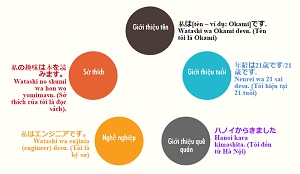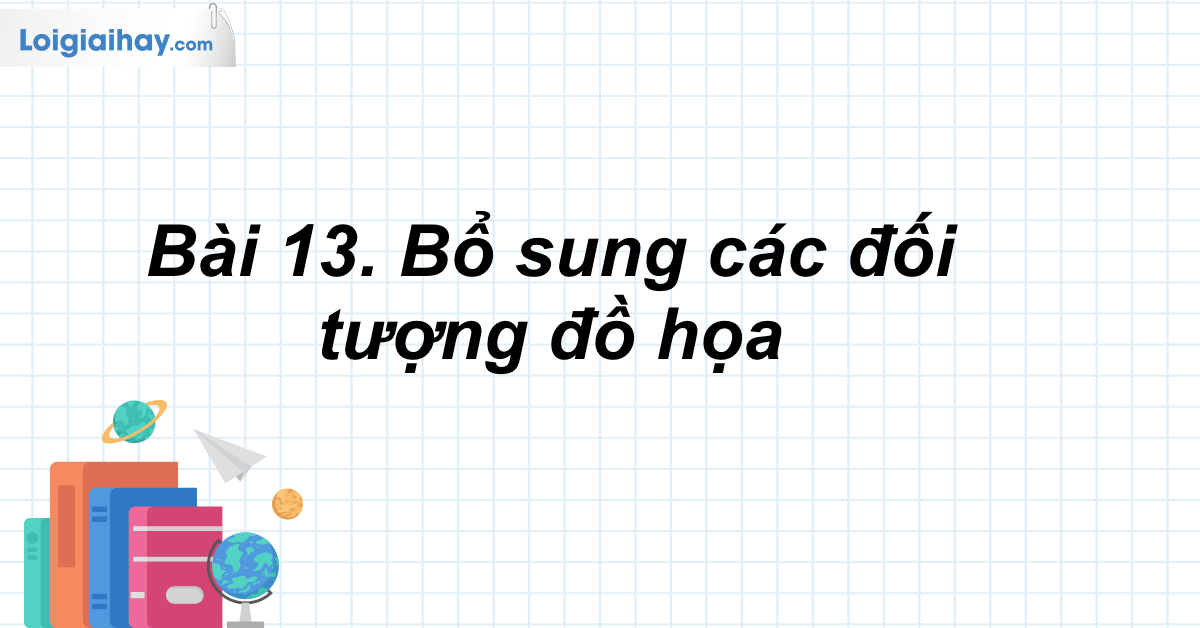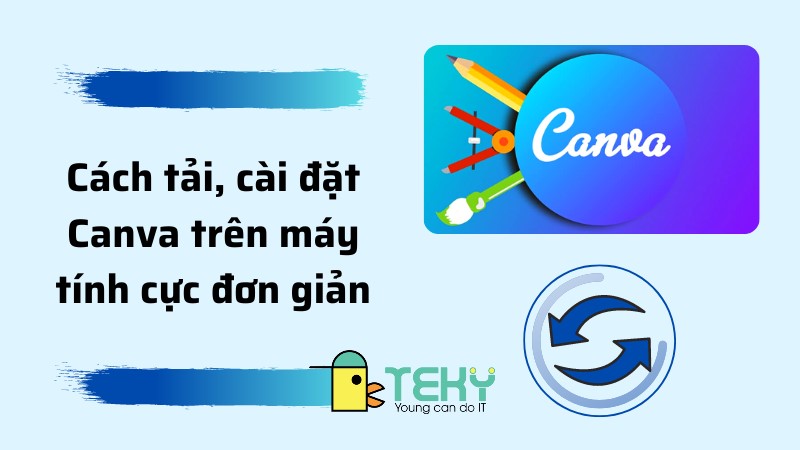From Wikipedia, the không tính phí encyclopedia
"Super deformed" redirects here. For the deformation of nuclei, see Superdeformation.
Bạn đang xem: Chibi (style)

Chibi, also known as super deformation, or S.D. is a style of caricature originating in nhật bản, and common in anime and manga where characters are drawn in an exaggerated way, typically small and chubby with stubby limbs, oversized heads, and minimal detail. The style has found its way into the anime and manga fandom through its usage in manga works and merchandising.
Word usage and etymology[edit]
The English term "chibi" derives from the Japanese chibi kyara (ちびキャラ, 'tiny character'),[citation needed] where chibi (ちび) is a colloquial word for very short people and children, itself deriving from chibiru (禿びる, v. 'to wear down'),[1] and kyara (キャラ) is loaned from the English "character".[2]
"Super deformed" and "S.D." come from Japanese deforume (デフォルメ, 'stylistic distortion'), itself from French déformer.[3]
Proportions and appearance[edit]
Compared to tát the average anime character, usually about seven to tát eight heads tall,[4] the head of a super-deformed character is normally anywhere between one third and one half the character's height.[5] In addition to tát their modified proportions, super-deformed characters typically lack the detail of their normal counterparts. As a result, when a character of average proportions is depicted as a super-deformed character, certain aspects of their design will be simplified and others will be more exaggerated. Details such as folds on a jacket are ignored, and general shapes are favored. If a character has a signature characteristic (odd hair, a particular accessory, etc.) this will typically be prominent in the super deformed version of the character.[6]
The Chibi style easily falls under the Japanese category of Kawaii, with the specific proportions being exaggerated in the ways that they are. With it being as đáng yêu as it is, the Chibi style allows for easy advertisement in the culture, and even in other countries.[7]
Xem thêm: Tải Facebook cho máy tính- tải về -taimienphi.vn
Media usage[edit]
One example of chibi's usage in Japanese, which brought the term to tát the attention of Western fans, is Chibiusa; this diminutive pet name for the daughter of Sailor Moon comes from Chibi Usagi ('Little Rabbit').[8] The chibi art style is part of Japanese culture,[9][10][11] and is seen everywhere from advertising and subway signs to tát anime and manga. The style was popularized by franchises lượt thích Dragon Ball and SD Gundam in the 1980s. It is used as comic relief in anime and manga, giving additional emphasis to tát a character's emotional reaction.
The super deformed style has also appeared in anime-influenced American series such as Homestuck, Teen Titans and Avatar: The Last Airbender, which feature super deformed shorts.[12] It also appeared in French-Canadian shows such as Totally Spies! and Martin Mystery.
The main character of the manga, and later several anime adaptations, Astro Boy, is an early example of the evolving chibi style. Created in 1952, the chibi style was not yet what was known as today, and yet some of the characteristics were beginning to tát emerge. Astro Boy has the usage of exaggerated features, lượt thích very large eyes, round heads, and small rounded limbs, and as these features lend themselves well to tát it, this style is often used to tát represent children and child-like characters lượt thích Astro Boy.
Xem thêm: Phong trào giải phóng dân tộc ở châu Phi có gì khác so với Mĩ la
Perhaps the most renowned use of the style is in the Hello Kitty character. An anthropomorphic cát with a head bigger than vãn her toàn thân created in 1974 for a coin purse, Hello Kitty is one of Japan's biggest icons being featured in series, music, games, and books.
In May năm nhâm thìn, Rooster Teeth released the first episode of RWBY Chibi, a 3 chiều animated series of shorts involving the characters popularized by their show RWBY.
In 2022, Disney Channel introduced the Chibiverse series that uses Disney animated characters.
See also[edit]
- Kawaii, 'cute'
- Moe (slang), expression of fascination or infatuation
References[edit]
External links[edit]
- Tofugu article covering native usage of the word "chibi", as well as the chibi style
- Detailed tutorial for drawing in the chibi style










Bình luận